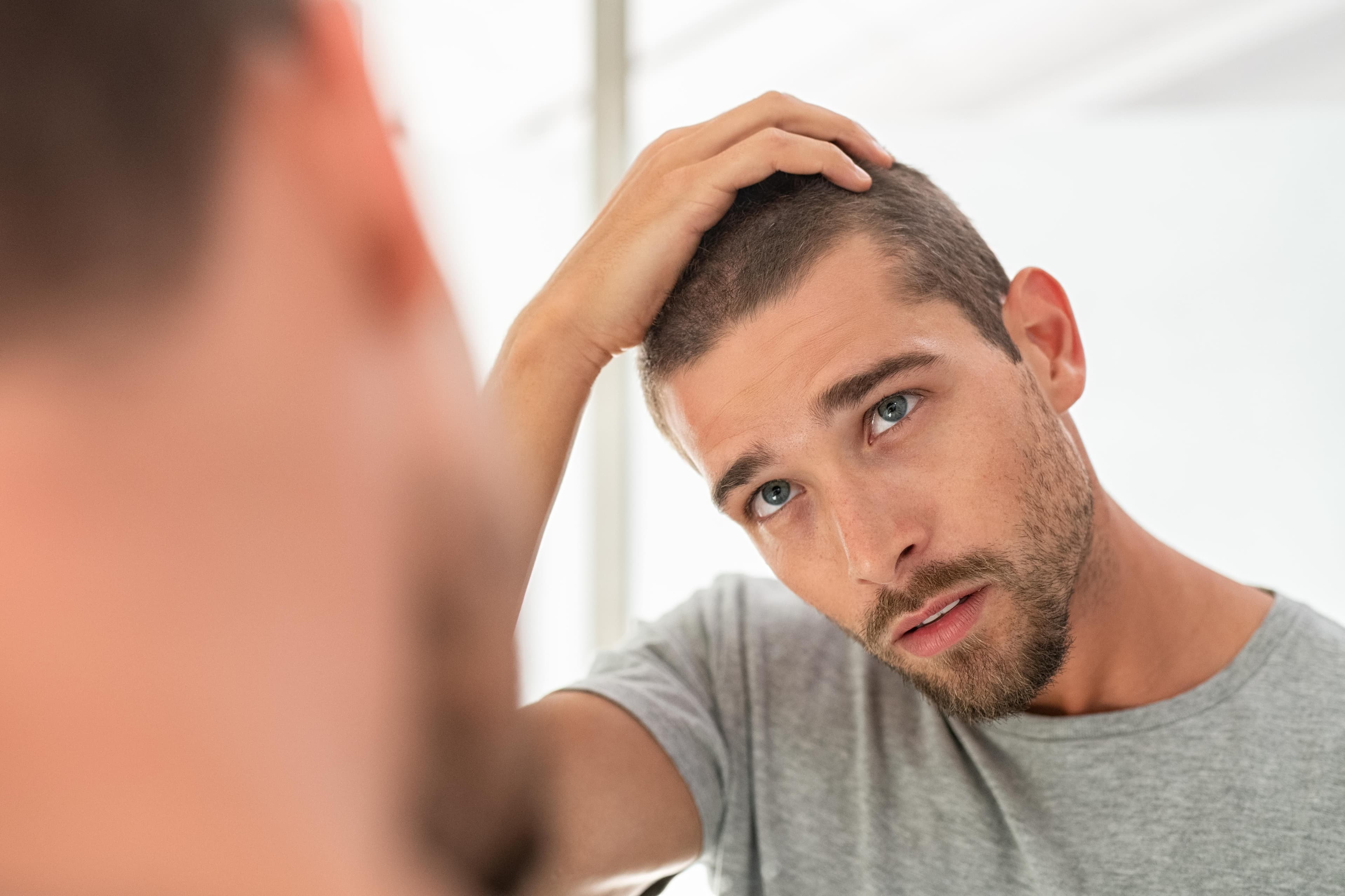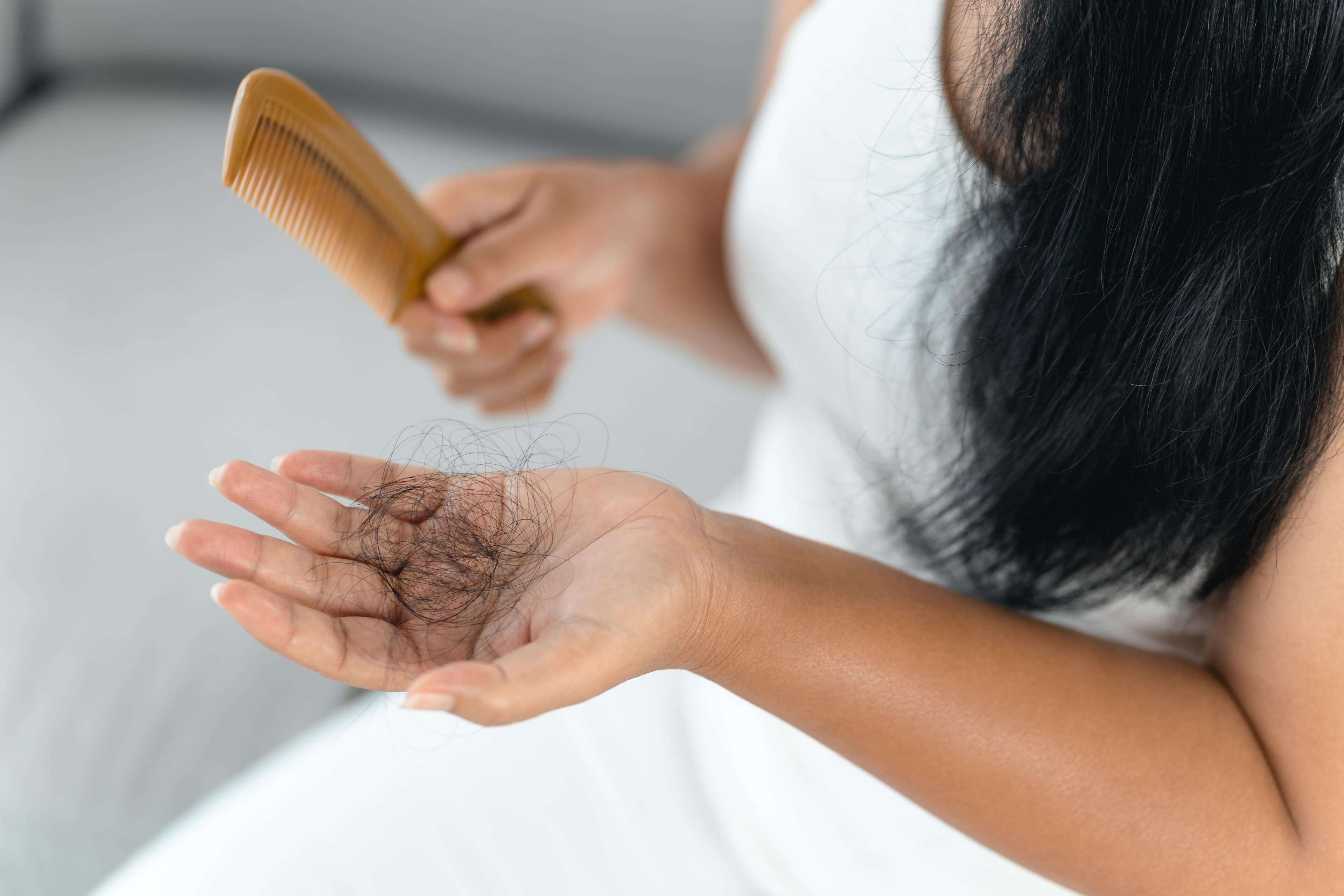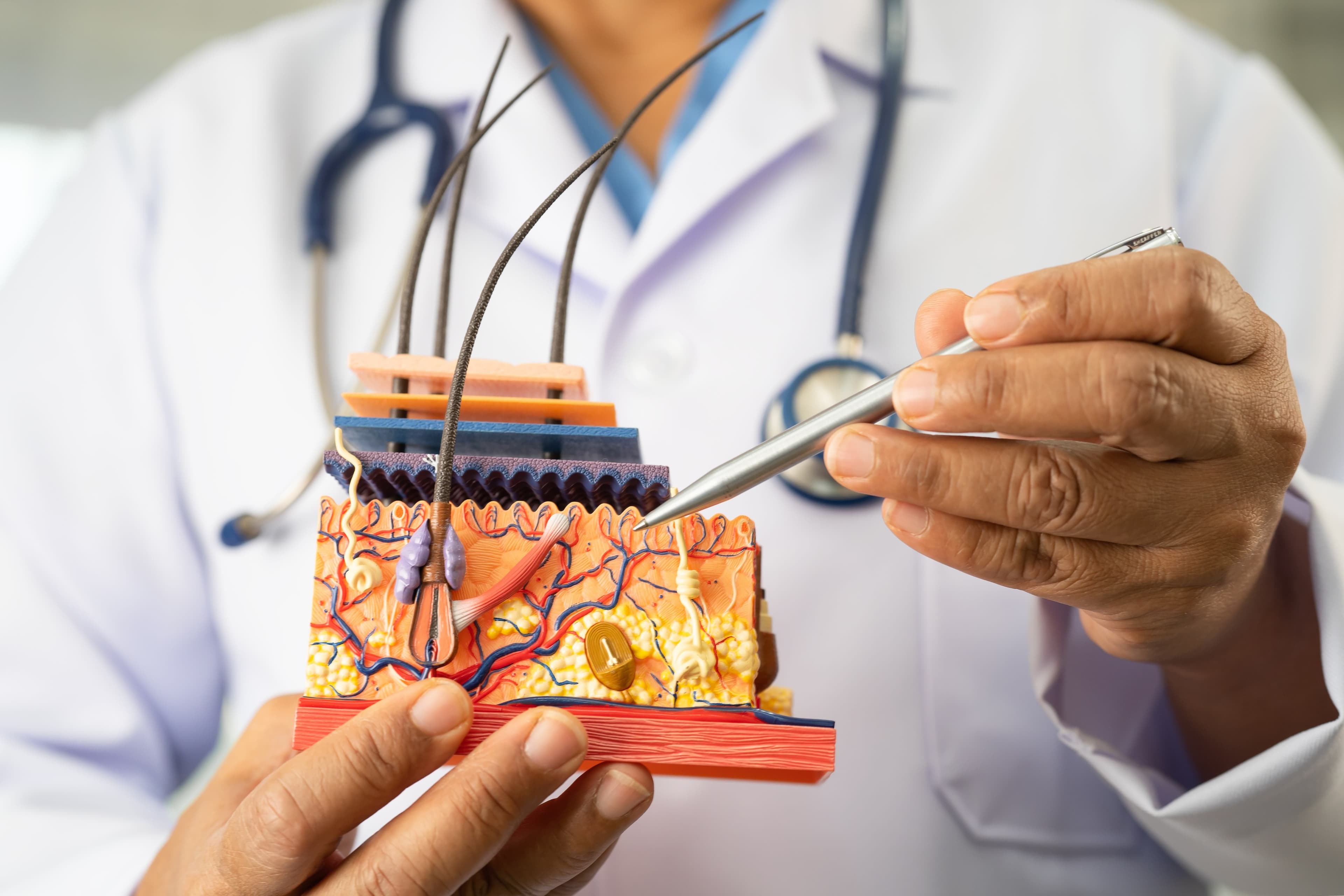Androgenetic Alopecia
Most common cause of hair loss (95% of cases in men)
Cause:
Genetic predisposition (inherited from both parents)
Follicle sensitivity to DHT hormone
Natural aging and hormonal changes
Hormonal imbalance (elevated testosterone)
Treatment:
Hair transplantation (FUE/FUT methods)
Finasteride (Propecia) - blocks DHT
Minoxidil (Rogaine) - stimulates growth






